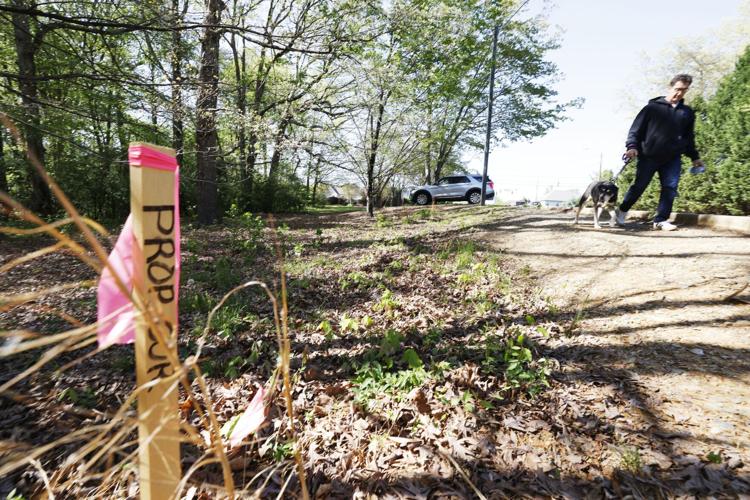
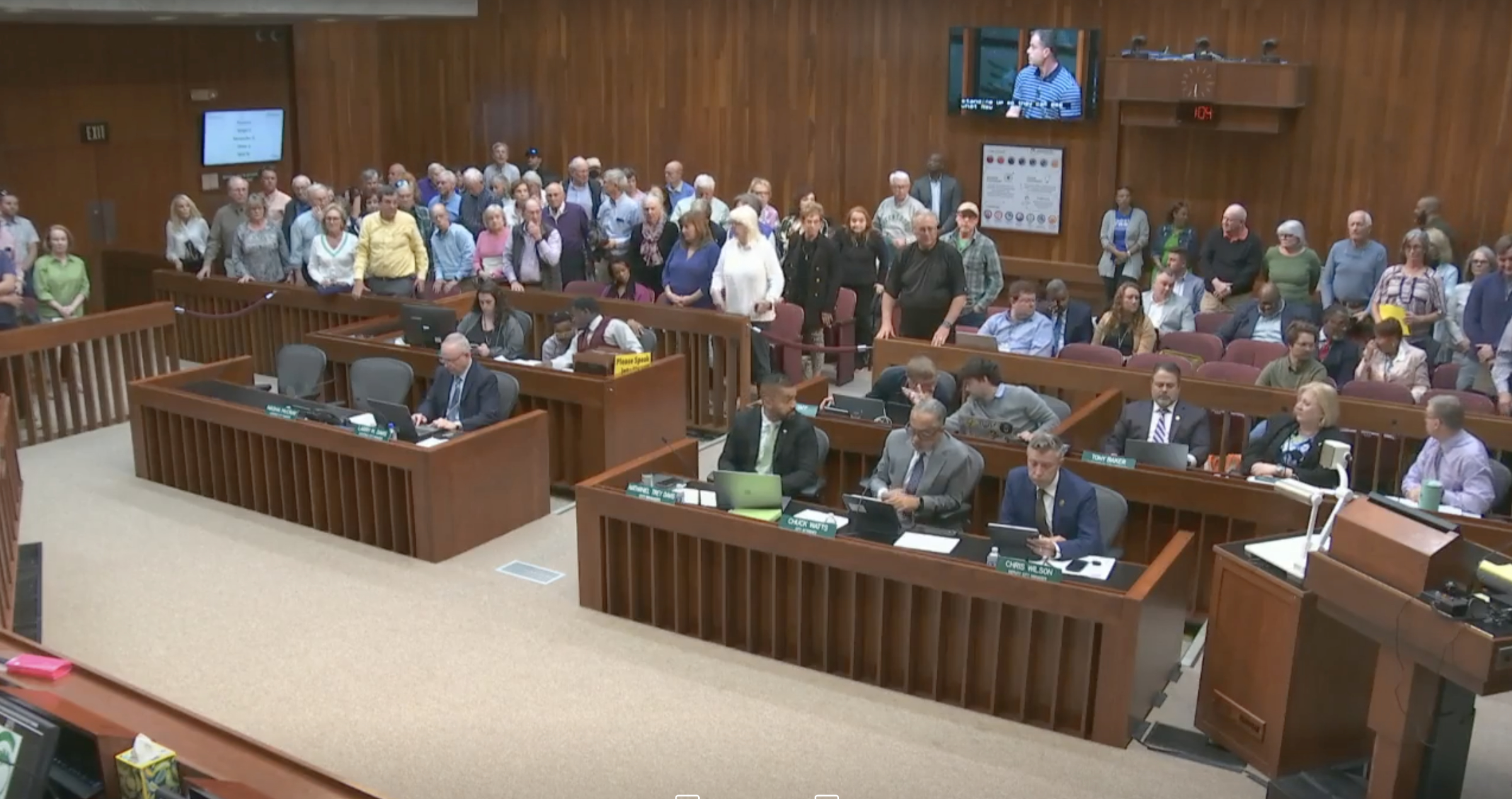
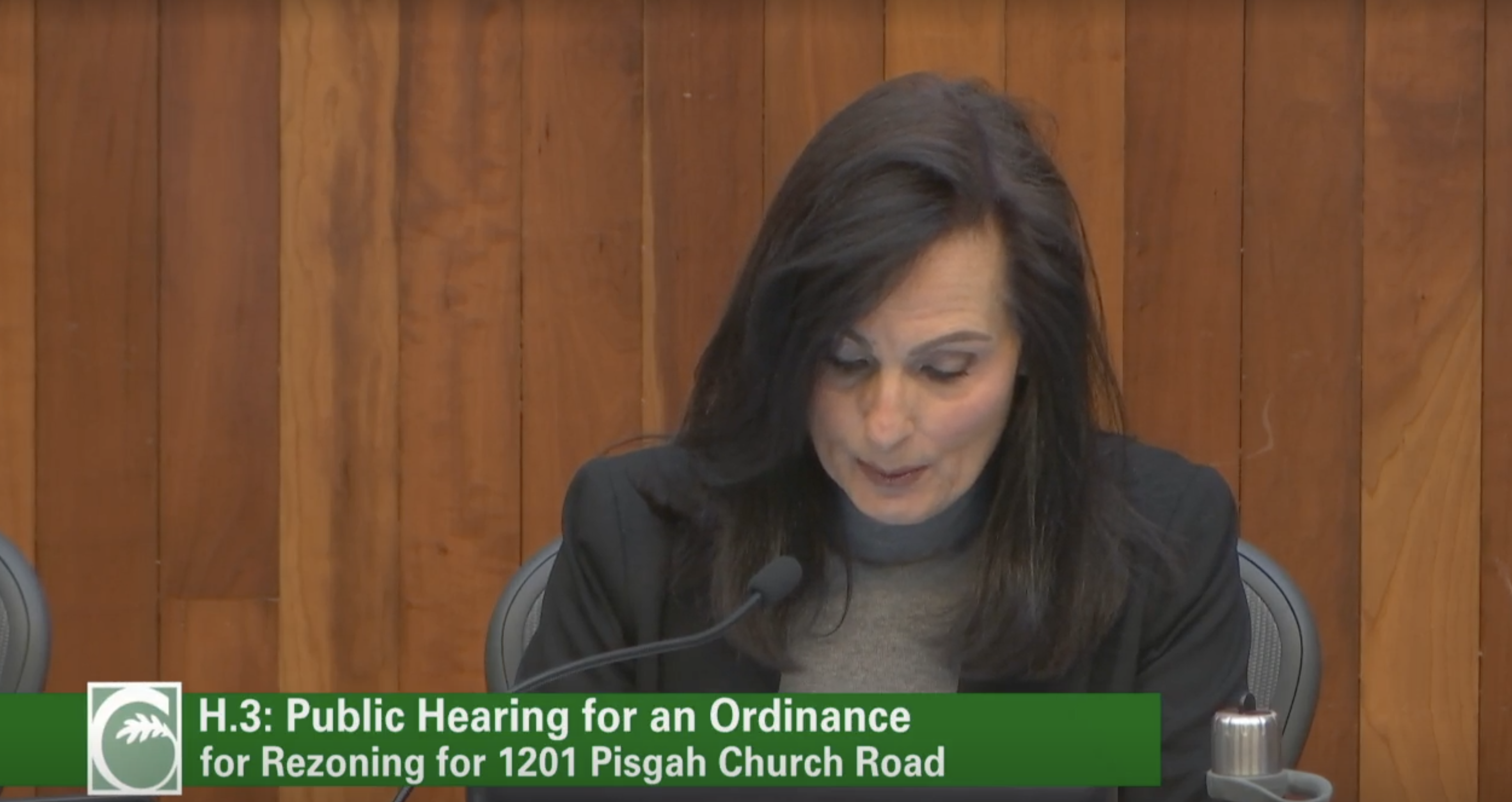
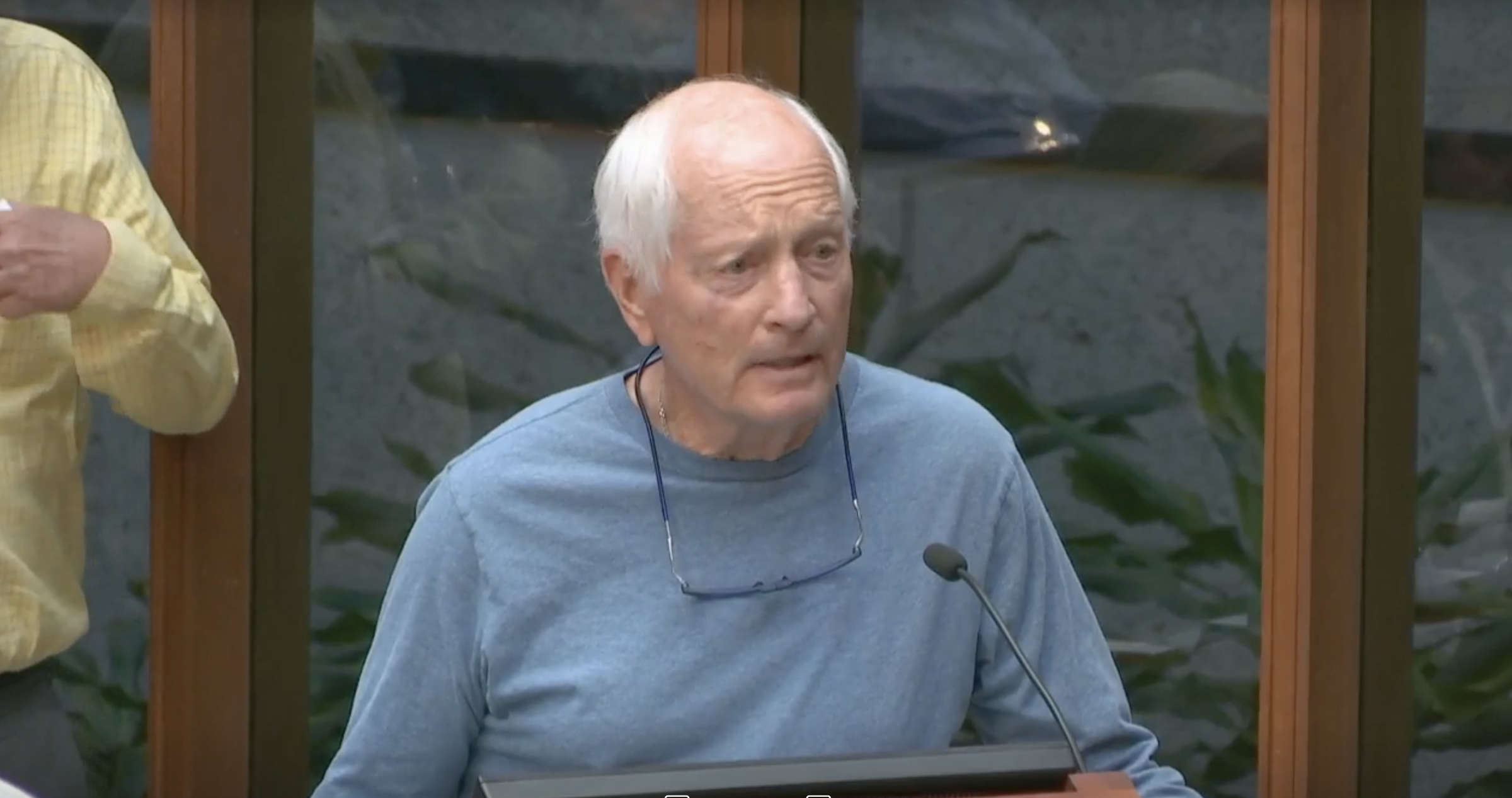
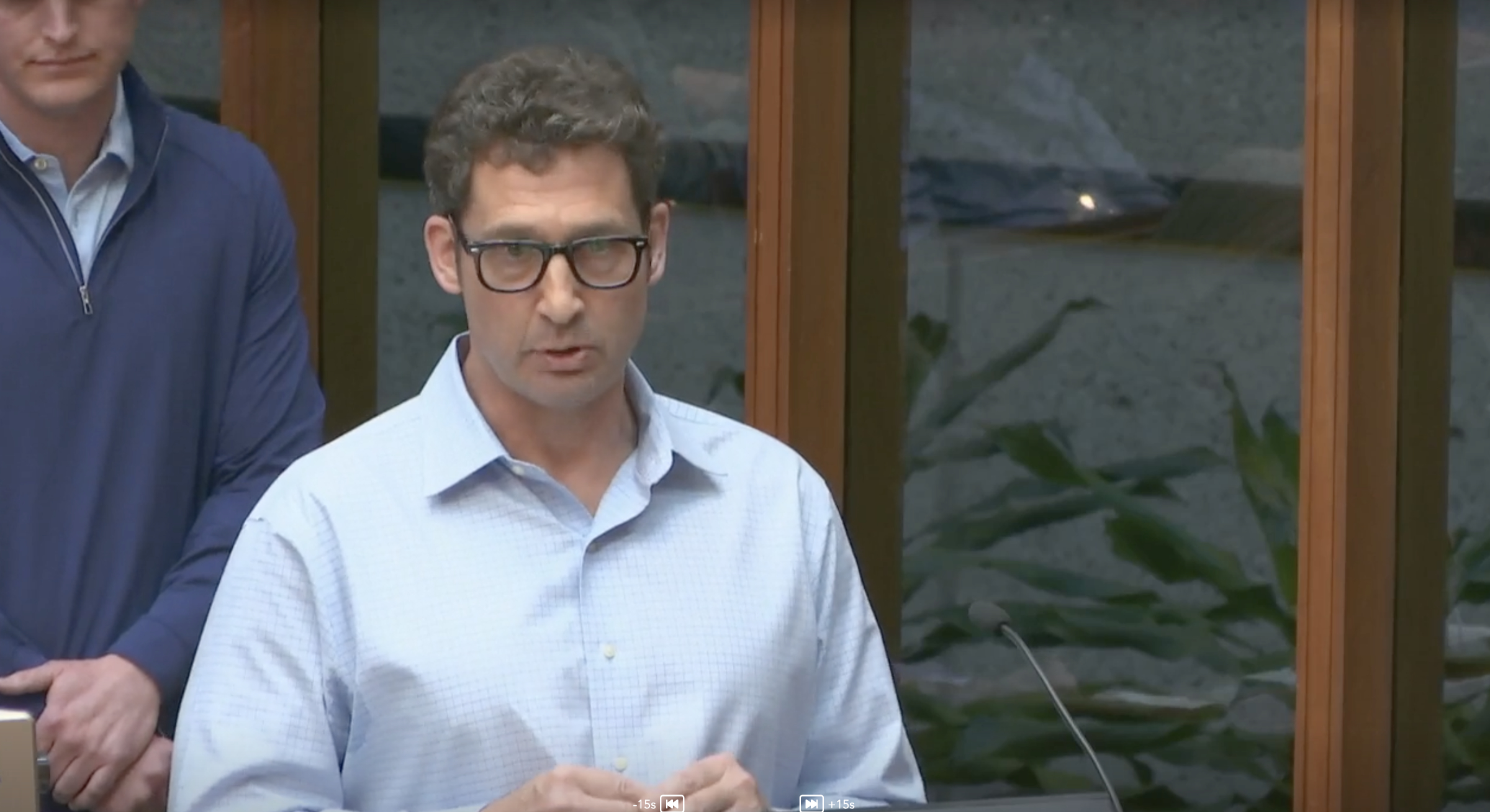
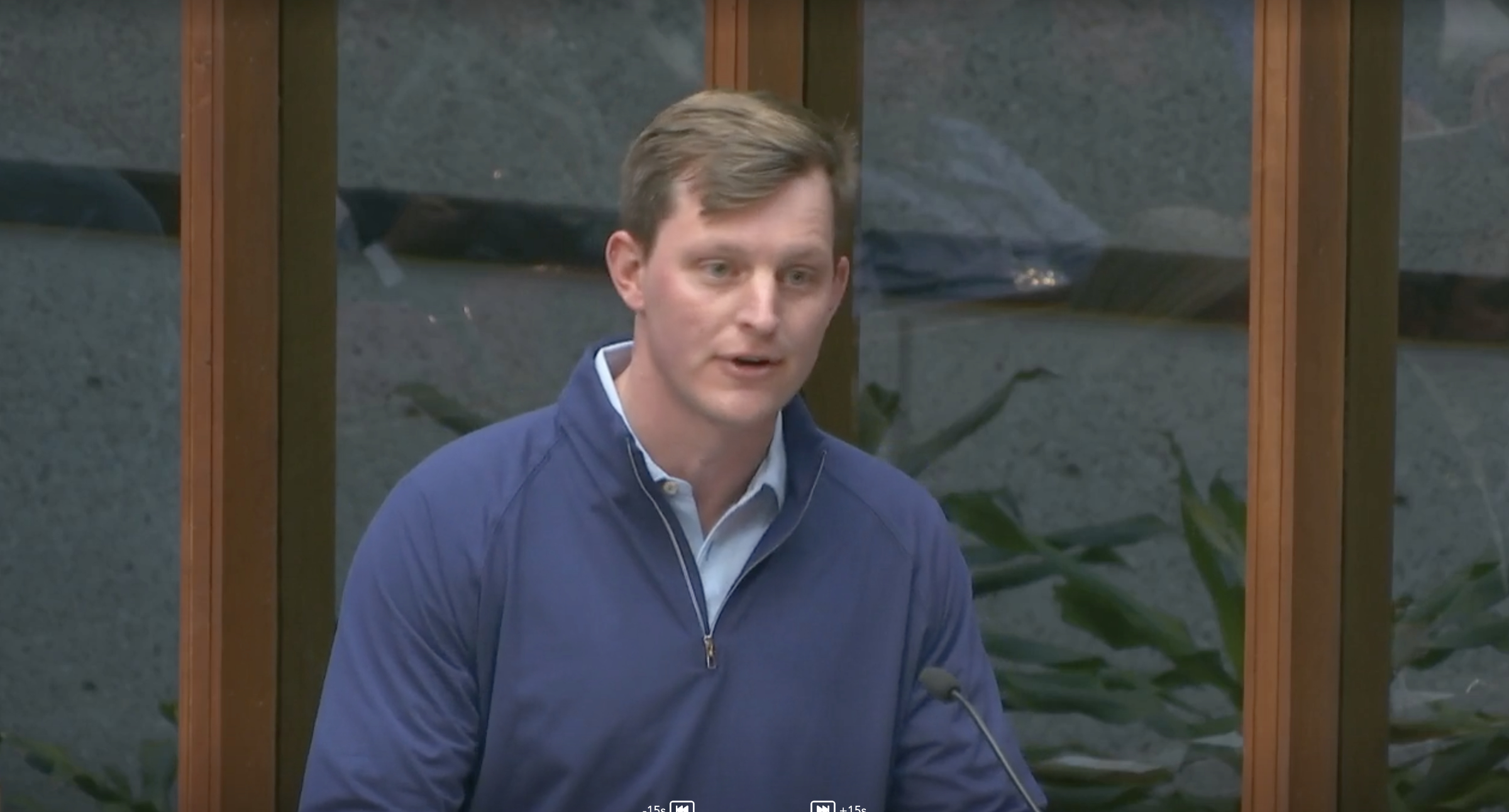
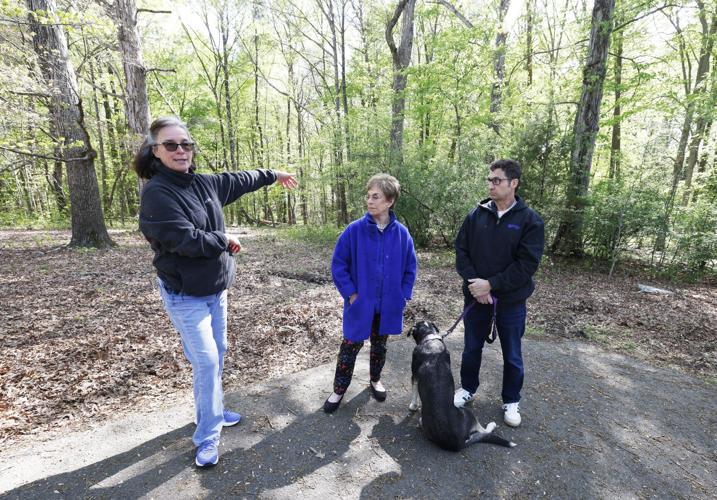
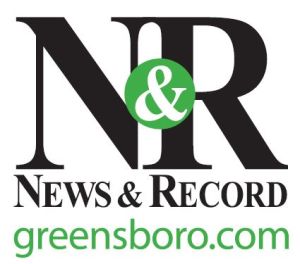 Reid Phillips: The case for open spaces
Reid Phillips: The case for open spacesSource: Greensboro News & Record May 2, 2025
Recently, my neighbors and I were decried as “NIMBYs” for opposing the rezoning for unwanted “in-fill development” of the property at the entrance to our community, New Irving Park in Greensboro. Though it was a bad decision for all the reasons articulated by the neighborhood, the City Council approved the rezoning 6-2. And it doesn’t bode well for the future.
I’ll come back to why the NIMBY characterization is wrong, but first let me urge everyone to understand how, if unchecked, this “in-fill development” craze threatens your neighborhood as well and, indeed, the entire city.
To do that, begin by driving, or, better yet, walking through every City Council district. As you do, notice the undeveloped green spaces in each one. Now imagine a three-story, multi-family building on every one of those spaces. Fisher Park? Poof! Picture it now as an apartment project. The green space between Drexel Road and Bywood Road at Phillips Avenue? Poof! Picture it as townhomes or apartments. And so on.
What would these changes accomplish? Well, they could all be justified as welcome in-fill projects, adding to the tax base, making the “highest and best use” of the land, and allowing developers to profit from their enterprises.
Developers can — and will — make exactly those arguments in favor of their projects every time. And, yes, ripping out every green space, clear-cutting all the land, and erecting new buildings to fill up all that now “empty space” could get us very quickly to the city manager’s goal of 10,000 new homes. Wouldn’t that be great?
Well, no, actually it wouldn’t. You see, part of what makes Greensboro a wonderful place to live are those green spaces. Smart urban planners know that green spaces are important and beneficial. Many of our most welcoming and affordable neighborhoods, in fact, were planned and built by thoughtful developers, working with urban planners, who incorporated green space.
They did so because they knew that, in addition to profit, two things are important. First, not all land is suitable for development. Topography and water flow, for example, are two factors that should be considered and respected. Second, green space is important. Green spaces improve air quality for everyone. Green spaces reduce light pollution and lower the “urban heat island effect.”
And green spaces have an inherently overall calming effect. Compare driving along a street with a grassy median or trees on one side of the road to driving down, say, Wendover Avenue or Battleground Avenue. Which is easier, calmer, and less stressful?
So, again, please tour every City Council district in Greensboro. Look carefully at our green spaces. Then decide if you really think that every patch or swath of land that doesn’t already have a building on it should be rezoned and built upon to achieve the greatest possible density. Because that is precisely the misguided “in-fill development” objective. Yes, every square inch of space in our city, they believe, should be built upon. Proponents of in-fill development want Greensboro to be like Manhattan. And I don’t. I want us, instead, to have and to preserve the green spaces that make Greensboro attractive, inviting, calm and healthy for our current and our future residents.
Now about that NIMBY label. Every developer trots out the “NIMBY” accusation as one of its clinching arguments. They do it every time. It is such an easy way to disparage the neighborhood opposition and make the residents all seem like bad people. Really, though, think about it. Don’t we actually want our citizens to care about their neighborhoods — including not just their back yards but also their front yards, side yards and everything else around them? Why has it become so bad and so wrong today to care about what is built near your house?
Developers, of course, know that NIMBY is an effective label for them to use. It casts all their opponents as hypocrites. But that isn’t true. Yes, I’ll plead guilty to caring about my own neighborhood (which, naturally, is the place I know best and where I, therefore, am most likely to notice a rezoning sign and then show up in opposition to a bad rezoning request). But like every other forward-thinking citizen, I also care about all the neighborhoods in our city. And I’d never criticize anyone, wherever they live, for having that same passion for their own surroundings as I have for mine. So, instead of disparaging people who show up to express their views, why not actually, really listen to them and take those views into account?
Frankly I don’t have much hope for positive change. Developers fund City Council campaigns. Developers woo and cultivate their relationships with the council members they elect. That same City Council then appoints both city staff and zoning commission members who, guess what, are also friendly and close with those same developers.
As a result, developers have enormous, overwhelming influence — much more so than any ordinary citizen or group of ordinary citizens. Neighbors who oppose rezoning — all of us NIMBYs, developers would say — don’t really have a chance when we raise objections to rezoning requests. We saw that with the Pisgah Church Road/Willoughby Boulevard rezoning. You could tell it was true by the big smile and fist bump that a city staff member gave to the developer in front of everyone at the end of the hearing. We spoke but were not heard.
My plea is that we tap the brakes on this mindless in-fill development craze. Not every undeveloped space needs a building on it. Most developers are short-term thinkers. Their goal is to turn a profit as quickly as they can. But it’s all the rest of us, and our children, who must live with the consequences of what they do. So let’s think ahead. When the craze for all this infill development (which really should be called “cramped and stressful development”) has run its course, what will our city be like?
Not a place where I’ll want to be. I know that.
Reid Phillips is a longtime Greensboro resident.
The source of this opinion article can be found at: https://greensboro.com/opinion/column/article_aed11747-26b9-4055-aac4-cb4ef3dd7077.html
As a candidate for Greensboro City Council, I want to be clear: I support smart, thoughtful infill development that strengthens our city while protecting its character. However, it is essential that City Council members truly listen to community concerns—a commitment I pledge to uphold when elected. If you share my vision for responsive, common-sense leadership, I invite you to support my campaign with a donation today.
Vote for Nicky Smith in November 2025 to lead Greensboro into a smarter, more connected future. Please consider contributing to his campaign today if you believe in his vision.
– Nicky Smith
Candidate for Greensboro City Council, District 4